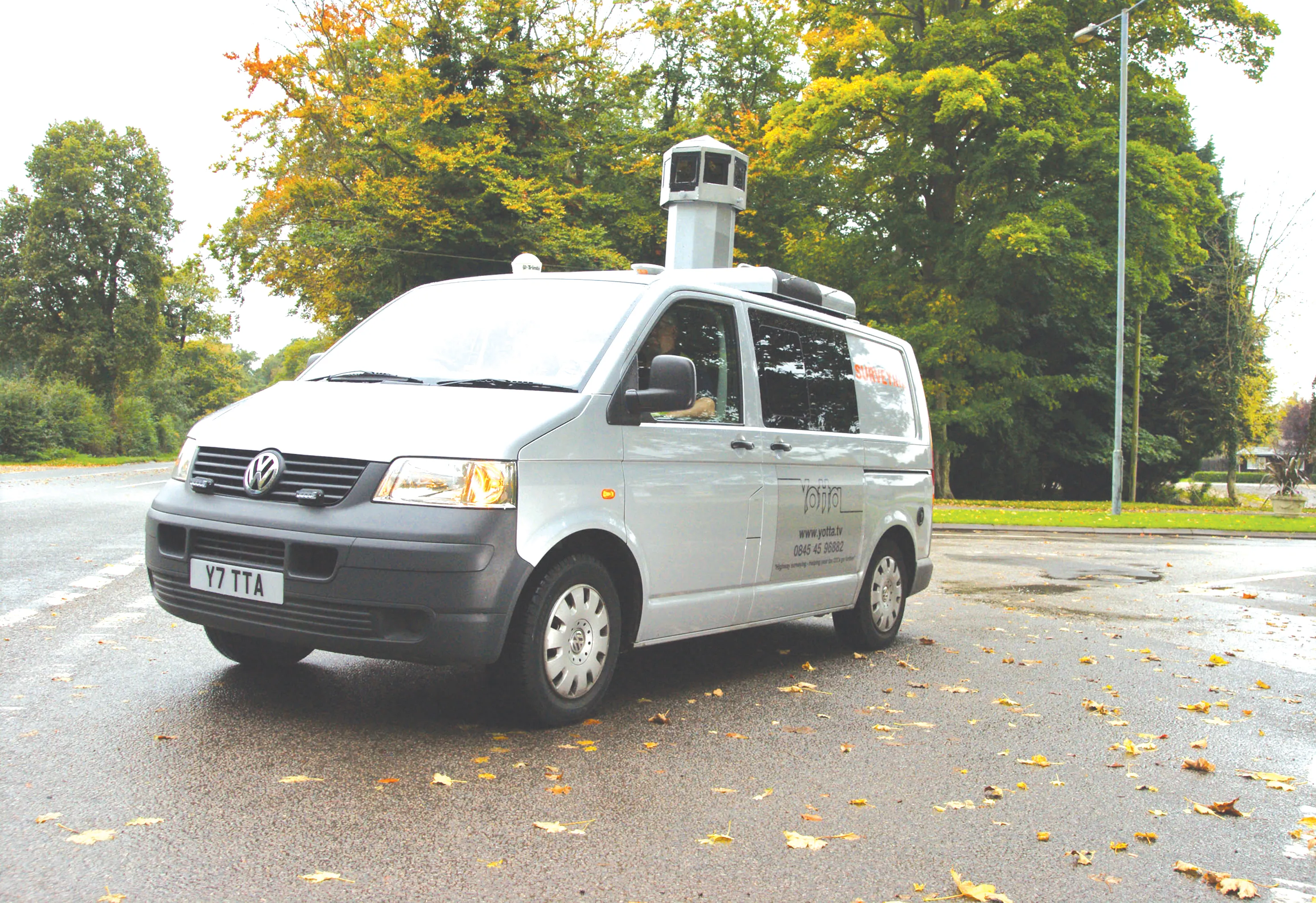Navteq has been selected by Scania to provide map data featuring the accurate, reliable and detailed road attributes essential to its innovative new active prediction system.
March 1, 2012
Read time: 2 mins
Scania has developed a topography based cruise control using Navteq map data which is transferred by a map engine developed by
Scania's cruise control with Active Prediction offers maximum benefits on an undulating route where the road is never entirely flat with the major savings achieved by adjusting the speed before a downhill stretch. Less experienced drivers are likely to benefit the most, but highly skilled drivers will also benefit significantly on unknown routes, in the dark or under adverse weather conditions.
“The map data is stored in the Scania Communicator, which already incorporates GPS positioning, and the system interacts with the engine management system to control the speed of the vehicle,” explained Oskar Johansson, head of Engine Torque Control at Scania. “Highly accurate information on the road ahead is vital for this system to operate effectively and the technology used to develop Navteq data is leading the way in enabling next generation maps with attributes which move beyond navigation and support advanced driver assistance systems (ADAS) such as active prediction.”
Currently, Scania active prediction has full coverage of the Western and Central parts of Europe. In other areas or when the GPS signal is lost, the system reverts to a normal cruise control function. The map data is stored in the unit’s memory and can be updated by a Scania service workshop.








